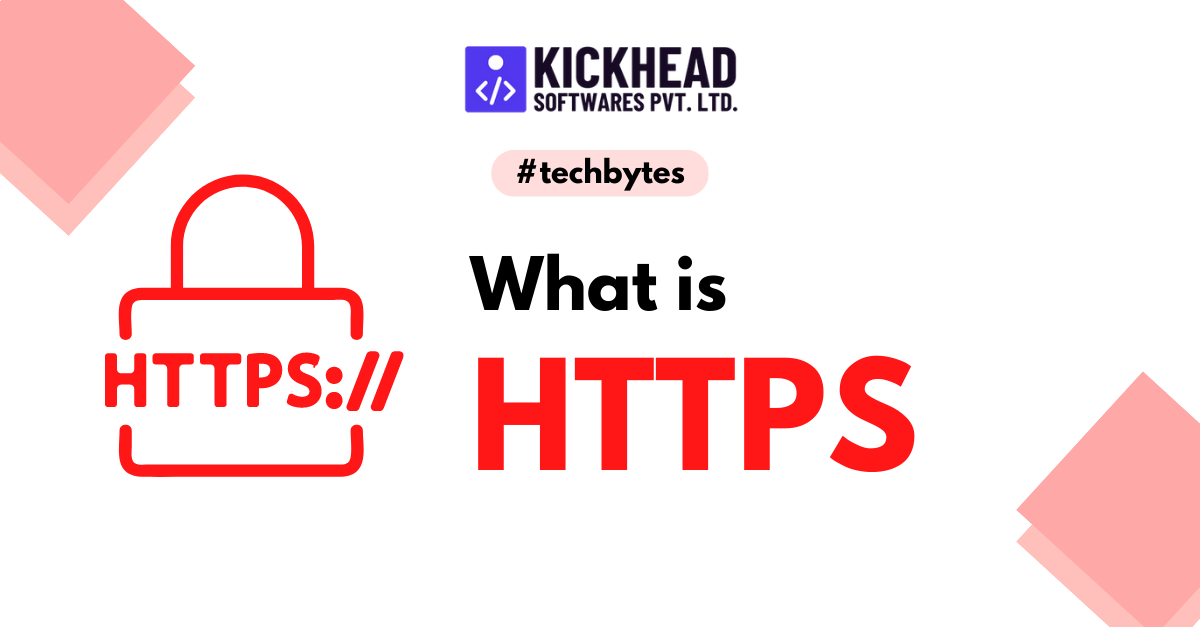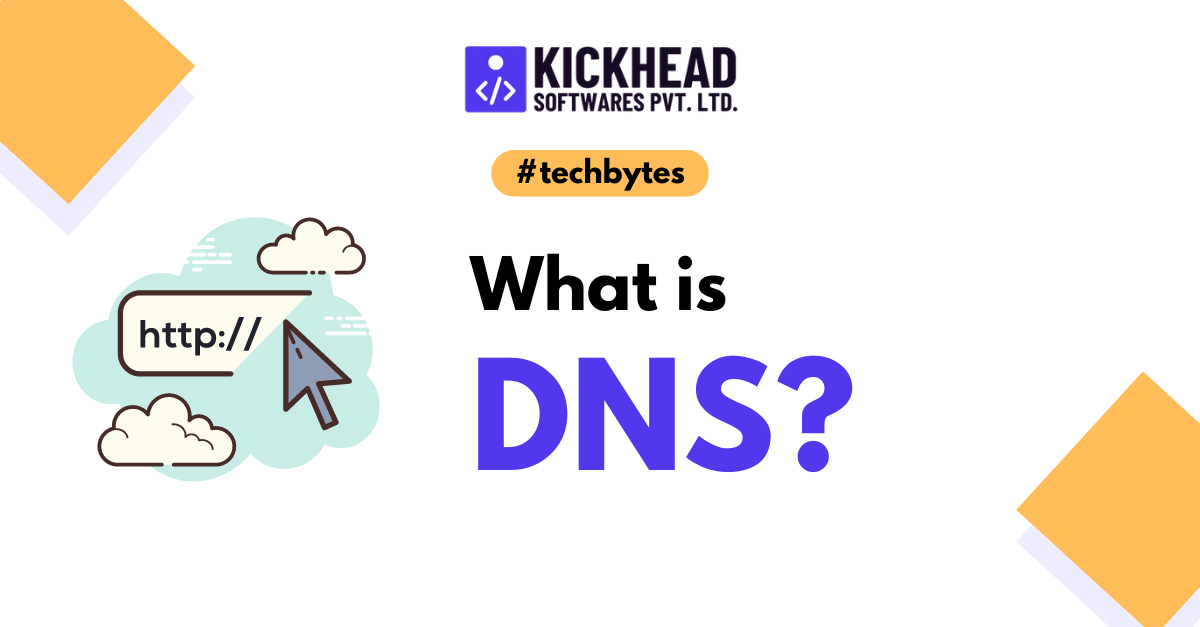
HTTPS (Hypertext Transfer Protocol Secure) is a protocol for secure communication over the internet.
HTTPS (Hypertext Transfer Protocol Secure) is a protocol for secure communication over the internet. It is an extension of the standard HTTP (Hypertext Transfer Protocol) and is used to encrypt data being sent between a web server and a web client, such as a web browser.
When a user navigates to a website using HTTPS, their browser establishes a secure connection to the web server using a protocol called SSL (Secure Sockets Layer) or its successor, TLS (Transport Layer Security). This process is known as an SSL/TLS handshake.
During the SSL/TLS handshake, the web server and the client establish a secure connection by agreeing on a set of cryptographic protocols and exchanging digital certificates. Digital certificates are used to authenticate the identity of the web server and to establish a secure, encrypted connection.
Once the SSL/TLS handshake is complete, the web server and the client can begin to exchange data securely. Any data sent between the web server and the client is encrypted, so that it cannot be intercepted and read by third parties.
HTTPS is important for a number of reasons:
-
Security: HTTPS encrypts data being sent between a web server and a web client, which helps to protect sensitive information, such as login credentials, credit card numbers, and personal data, from being intercepted and read by third parties.
-
Authentication: HTTPS uses digital certificates to authenticate the identity of the web server, which helps to prevent phishing attacks and other forms of fraud.
-
Privacy: HTTPS helps to protect the privacy of users by encrypting the data being sent between a web server and a web client, which can help to prevent third parties from tracking a user's online activities.
-
SEO: Google has announced that HTTPS is one of the ranking signals in their search engine algorithm. This means that if you have an https website, it may have an advantage in terms of SEO (Search Engine Optimization) compare to an http website.
An example of a website that uses HTTPS is online shopping websites such as Amazon, ebay, or any website that requires a login or personal information. Banks and financial institutions also commonly use HTTPS to protect sensitive information like account numbers and transaction details.
To identify that a website is using HTTPS, you can look at the URL in the browser's address bar. If the website is using HTTPS, the URL will begin with "https" instead of "http" and you will see a padlock icon on the left side of the URL. By clicking on the padlock, you can see the details of the website's digital certificate.
In conclusion, HTTPS is an important protocol for secure communication over the internet. It helps to protect sensitive information, authenticate the identity of web servers, and protect the privacy of users. It is increasingly being adopted by websites and organizations that handle sensitive information, such as online retailers and financial institutions.


